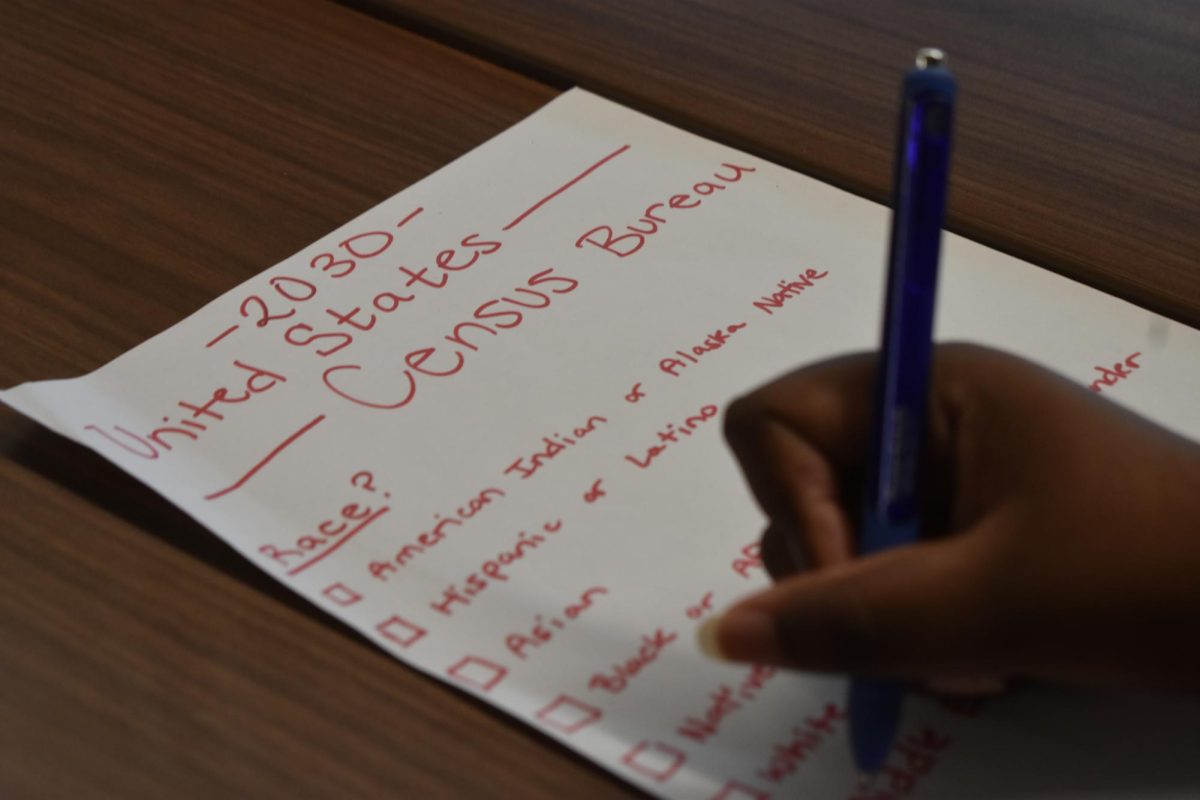Thursday, April 4, the United States Office of Management and Budget (OMB) published several revisions to the US Census Bureau’s standards to address criticism towards its racial categories. After receiving and reviewing thousands of comments and holding various listening sessions with American citizens, the OMB decided to address the racial categories of the Census firmly. The race identification section of the Census now includes two new categories: Middle Eastern or North African (MENA) and Hispanic or Latino.
Previously, when filling out the Census, people of MENA descent lacked a separate category to describe their race. The racial categories included American Indian or Alaska Native, Asian, Black or African American, Native Hawaiian or Pacific Islander and white. However, numerous MENA people believe that none of these categories seem to describe their racial background, especially those with features — such as a darker skin complexion — that specifically fit into the racial category of their ethnic background. Although they disagreed with the categories, numerous indigenous MENA people selected the option “white” to describe their race.
In previous years, the Census did not consider Hispanic and Latino people in a distinct racial category. However, Hispanic and Latino remained an ethnic category. This allowed Americans to distinguish between their race ethnicities, such as White Hispanic, American Indian-Latino, Black-Hispanic and other racial-ethnic combinations. Now, Hispanic and Latino people can describe their race in the same way they would describe their ethnicity.
“I think it is a good idea to have that [Hispanic or Latino category] as an option but it does have some downsides due to it not actually being a race. It does, however, give an idea of the possible race of the person and does not lead to confusion for the person filling out the form. I would select my actual race on the Census since I do have an idea of my racial identity,” magnet senior Irvin Perez-Herrera said.
Especially for MENA people, this new distinction will allow participants to better describe their race. With this newfound variation, the government can better gauge the amount of MENA people in the country, provide economic and social support to their community and create new statistics surrounding people under this racial category.
Although this new policy will bring various groups of people satisfaction, other crowds continue to fight for additional changes to the Census. Several Americans believe that the race category questions reflect a social definition, rather than a genetic definition of race. Numerous other groups also believe that the Census should not include little to no race questions in hopes of combating systemic racial discrimination.
Additionally, various people do not consider Hispanic and Latino as a race. These people take additional consideration into the original definition of Hispanic and Latino, which do not imply or describe a racial category. Terms such as Afro-Latino and White Hispanic are established from this belief.
“Surveys like these can become a source of confusion when considering the question of what it means to be Latino or Hispanic. However, the better solution to this issue is to define and teach what Hispanic and Latino means to the people who are confused” Perez said.

















